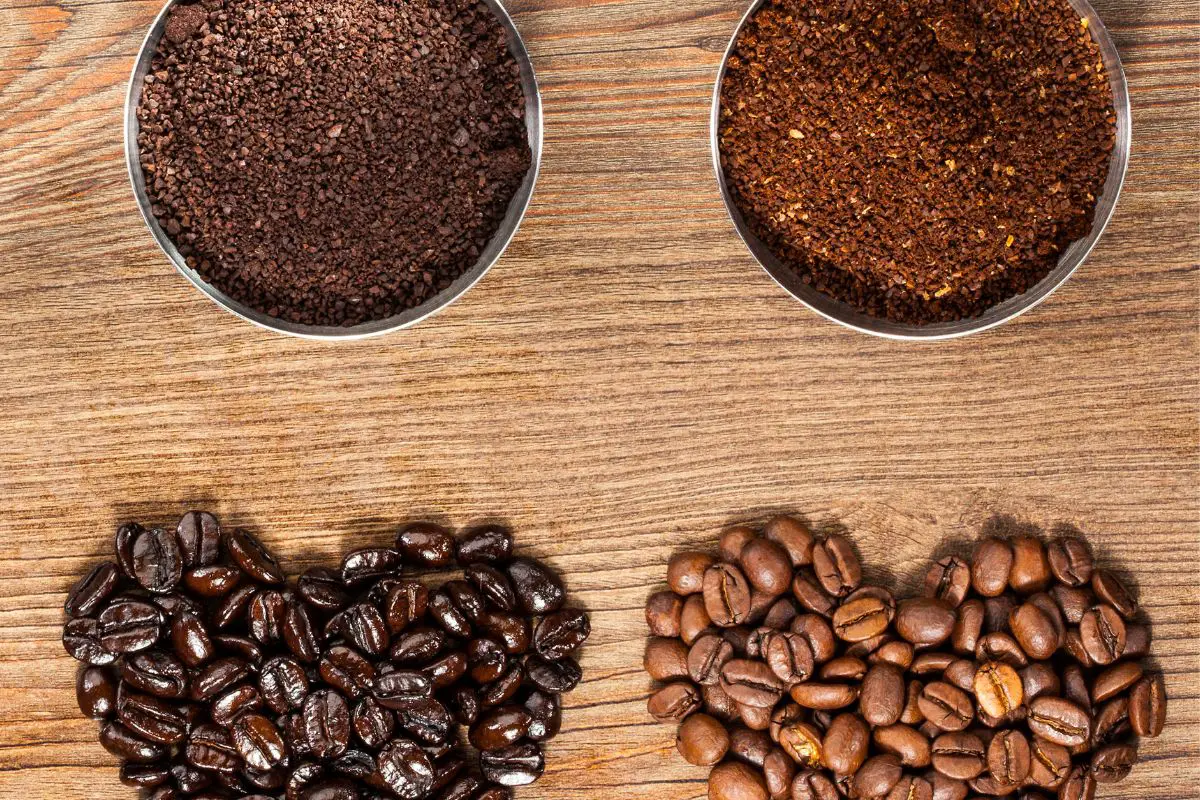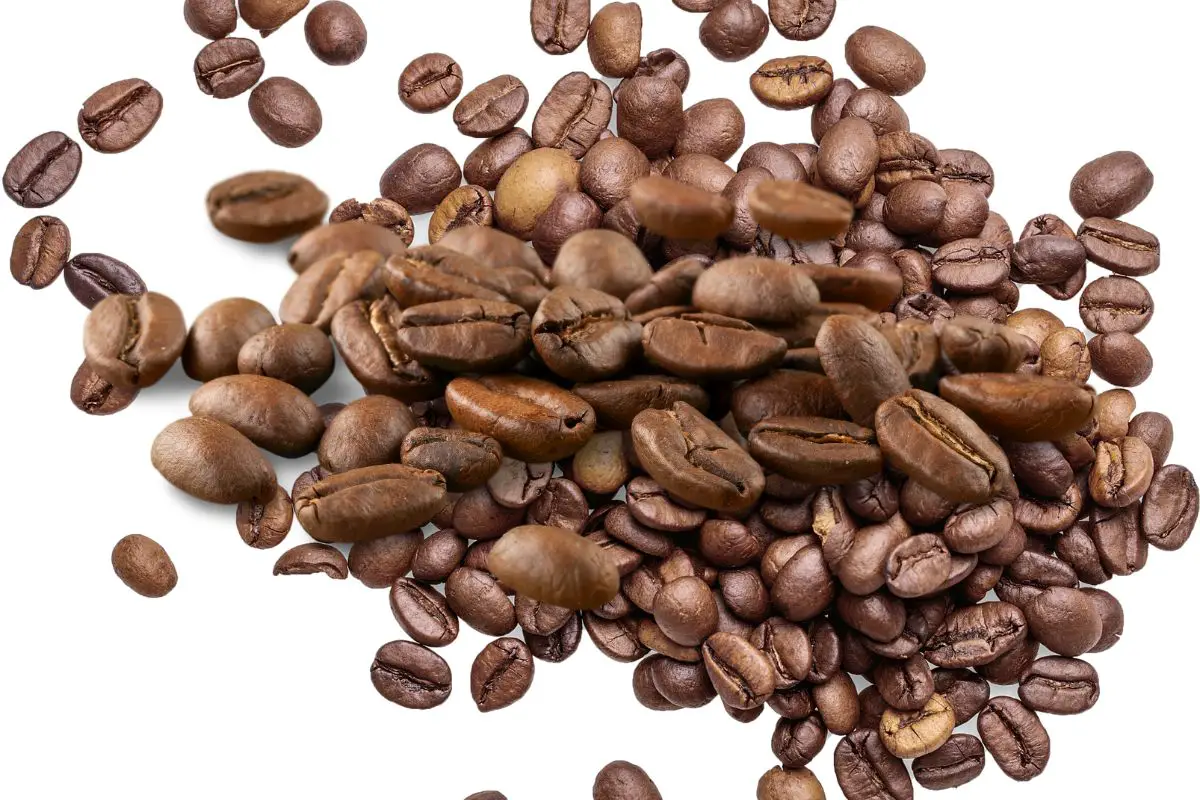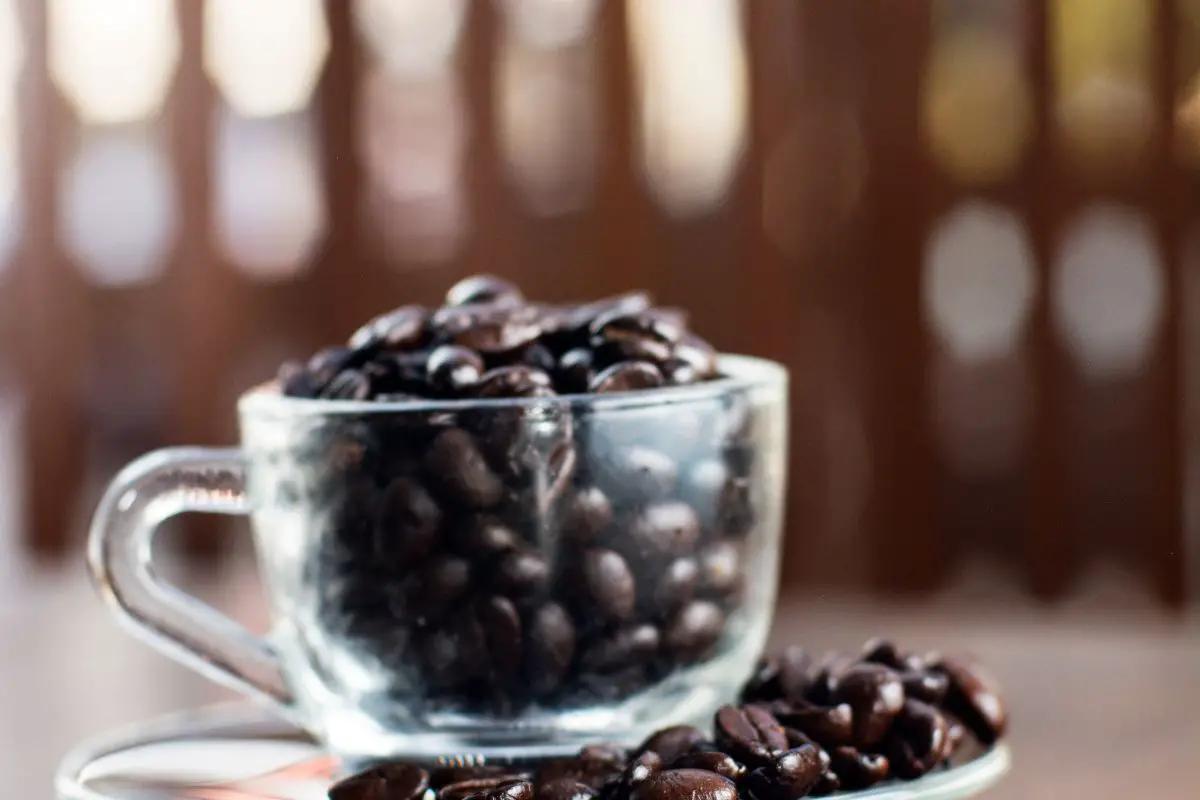Yes. Espresso beans fall under the coffee beans category. There are four main types of coffee beans. These are Arabica, Liberica, Excelsa, and Robusta coffee beans. Arabica and Robusta coffee beans are the most common beans used in the coffee beverages you consume – including espresso. Espresso beans are simply coffee beans that have been roasted more and that are used to make espresso coffee. This article will discuss everything you need to know regarding coffee beans and espresso beans. Let’s get started.

What are Coffee Beans?
Coffee beans are beans that have been roasted and that are readied for brewing. As mentioned earlier, the common types of coffee beans used in coffee beverages are the Arabica and Robusta beans. When coffee beans undergo roasting, they result in three types of coffee roasts. These are light roast, medium roast, and dark roast.

Each coffee roast has a different appearance, aroma, and flavor depending on the origin of the coffee beans. Lightly roasted coffee beans are highly acidic, have a fruity smell, and lack an oily sheen. On the other hand, medium-roasted coffee beans have a medium-brown color, moderate acidity, balanced flavors, and a sugary/sweet taste. Dark roasted coffee beans have a dark brown color, an oily surface, low acidity, bittersweet taste, and bold flavor.
Additionally, the different coffee roasts are used for different coffee brews. For example, lightly roasted coffee beans are best for pour-over coffee, white coffee, and cold brew coffee. Medium roasted coffee beans are best for drip coffee, French press, or cold brew. Lastly, dark roasted coffee beans are best for espresso brewing.
What are Espresso Beans?
Espresso coffee beans are beans that have been roasted more, ground finer, and that are used in an espresso machine or an Aero press. Basically, espresso beans fall under the dark roasted coffee beans.

Espresso beans are less acidic and have a fuller body. Additionally, they are rich in natural oils. You’ll find that most espresso beans have an oily sheen. The oily sheen is responsible for the crema in espresso coffee. Espresso crema results from the emulsification of oils and other compounds in the coffee beans.
However, ensure that the espresso beans that you use aren’t too oily since excess oil in the beans may clog up your grinder and coffee machine, especially for super-automatic machines.
Differences Between Coffee and Espresso Beans
Here are some notable differences between coffee and espresso beans.
- Usage
Ordinary coffee beans are best for brewing techniques such as pour-over, French press, and Aero press. Generally, ordinary coffee beans are best for brewing techniques that don’t utilize high pressure. On the other hand, espresso beans are best for high-pressure brewing techniques such as the espresso machine used to make espresso. Furthermore, using espresso beans for your espresso coffee gives you the crema, uniformity, flavor, and body you want for your espresso shot. Using ordinary coffee beans for espresso will not give you the crema and flavors you desire in an espresso shot.
- Natural Oils
Espresso beans are rich in natural oils as a result of the long roasting process, unlike regular coffee beans. You’ll find that espresso beans have an oily sheen while regular coffee beans lack an oily sheen. When regular coffee beans are used to make espresso, they don’t produce the espresso crema since they lack the natural oils present in espresso beans.
- Preparation
The preparation of coffee beans and espresso beans is different. Coffee beans are roasted under low temperatures and for a short period, while espresso beans are roasted under high temperatures and for a long period. Additionally, ordinary coffee beans are ground into a medium or coarse texture, while espresso beans are ground into a fine texture.
- Caffeine Concentration
Regular coffee beans are highly caffeinated, unlike espresso beans. This is because regular coffee beans are roasted for a short duration hence less caffeine is lost. On the other hand, espresso beans are roasted for longer duration hence more caffeine is lost. Basically, the longer the roasting process, the less the caffeine content.
- Grind
As mentioned earlier, regular coffee beans are coarsely ground while espresso beans are finely ground. Espresso beans are finely ground to allow maximum contact of water and coffee grounds within the short brewing period. On the other hand, regular coffee beans are coarsely ground since the brewing time is longer. Grinding the regular coffee beans into a fine grind may lead to over-extraction which makes your coffee bitter.
- Size and Density
Regular coffee beans are less dense than espresso beans. Additionally, regular coffee beans are smaller in size compared to espresso beans. Roasting coffee beans for a longer duration makes them lose water through evaporation which makes the beans lighter. Also, when the beans lose water, the fibers in them enlarge and this explains why espresso beans are larger compared to regular coffee beans.
- Concentration
Regular coffee beans have a balanced or medium bitterness concentration compared to espresso beans. Espresso beans have a high bitterness concentration thus your espresso coffee tastes stronger, richer, and thicker. Some people may need to dilute their espresso coffee as a result of the high bitterness concentration.
Can You Use Coffee Beans to Make Espresso?
Technically, you can use your regular coffee beans for espresso. However, keep in mind that the beans won’t make you a perfect espresso. Regular coffee beans will make your espresso coffee taste sour, tart, and funky. For a perfect espresso shot, stick to dark roasted espresso beans.
Which Tastes Better – Coffee Beans or Espresso Beans?
The difference in taste between espresso beans and coffee beans depends on your personal preference. Otherwise, espresso coffee has a bolder, less acidic, and full-bodied taste compared to regular coffee. Therefore, it’s best to experiment with both and find out what suits you.
Can You Use Espresso Beans to Make Regular Coffee?
Yes, you can use your espresso beans to make yourself a regular cup of coffee. Furthermore, espresso beans are simply coffee beans that are dark roasted to suit espresso coffee. But feel free to use them for your regular coffee or other brewing methods.
Conclusion
Espresso beans are similar to coffee beans. The difference between these two beans is based on preparation (particularly the roasting process) and not the beans themselves. While regular coffee beans are roasted for a short period and under low temperatures, espresso beans are roasted under high temperatures and for a longer duration. The other differences between espresso beans and regular coffee beans are a result of the variation in the roasting process between these beans. Furthermore, you can use espresso beans to make regular coffee, but you can’t use regular coffee beans to make a perfect espresso shot. This is because an espresso shot requires dark roasted and finely ground coffee beans, while regular coffee beans are light or medium roasted and are coarsely ground.
Related Articles